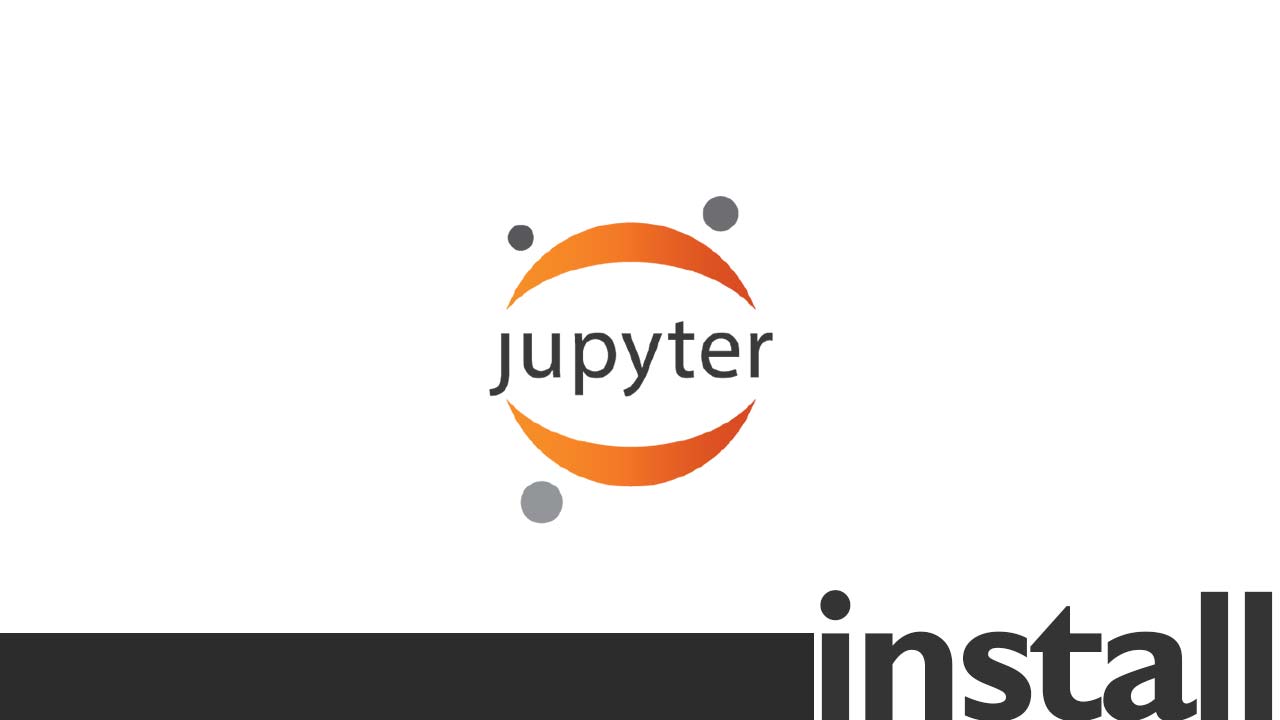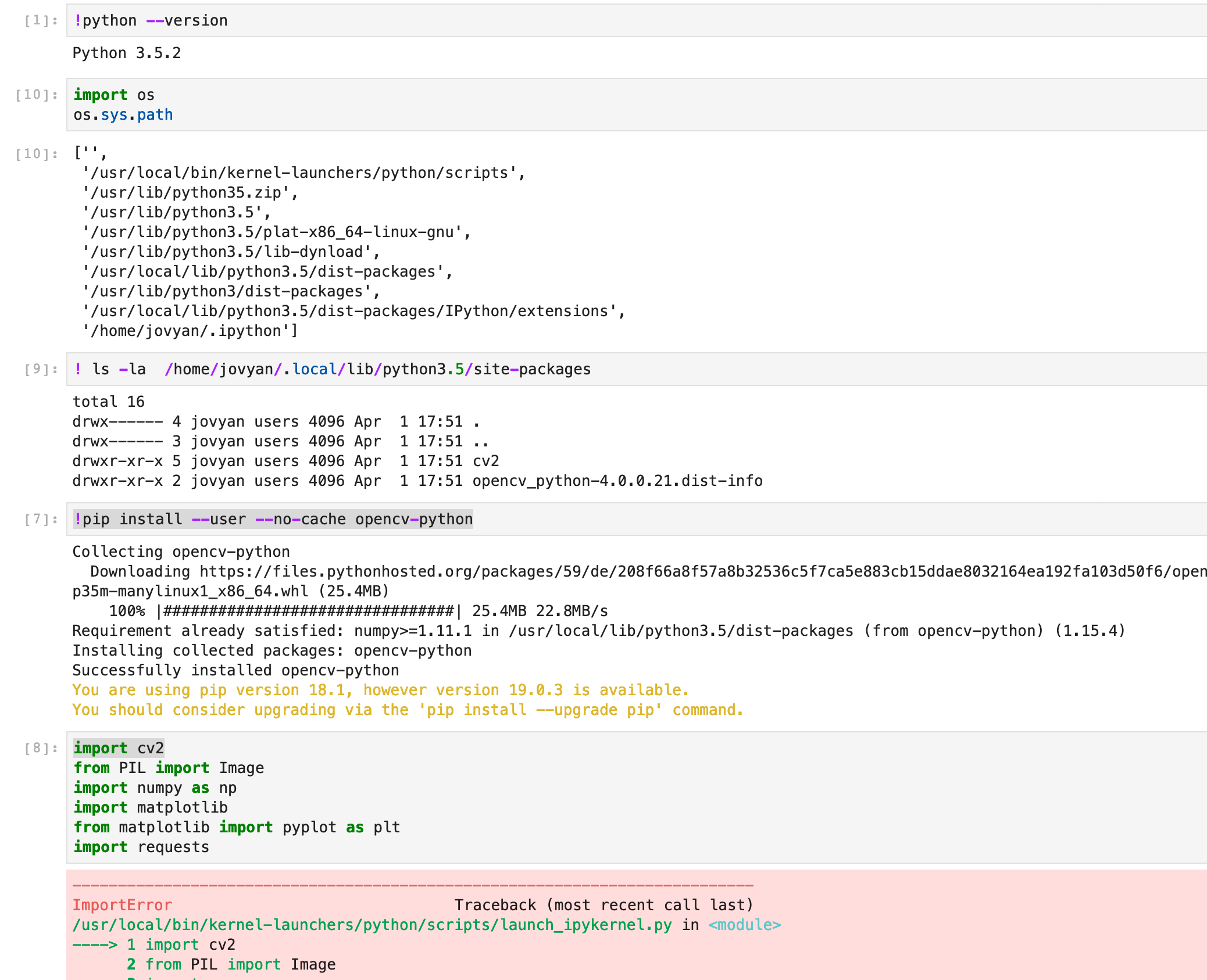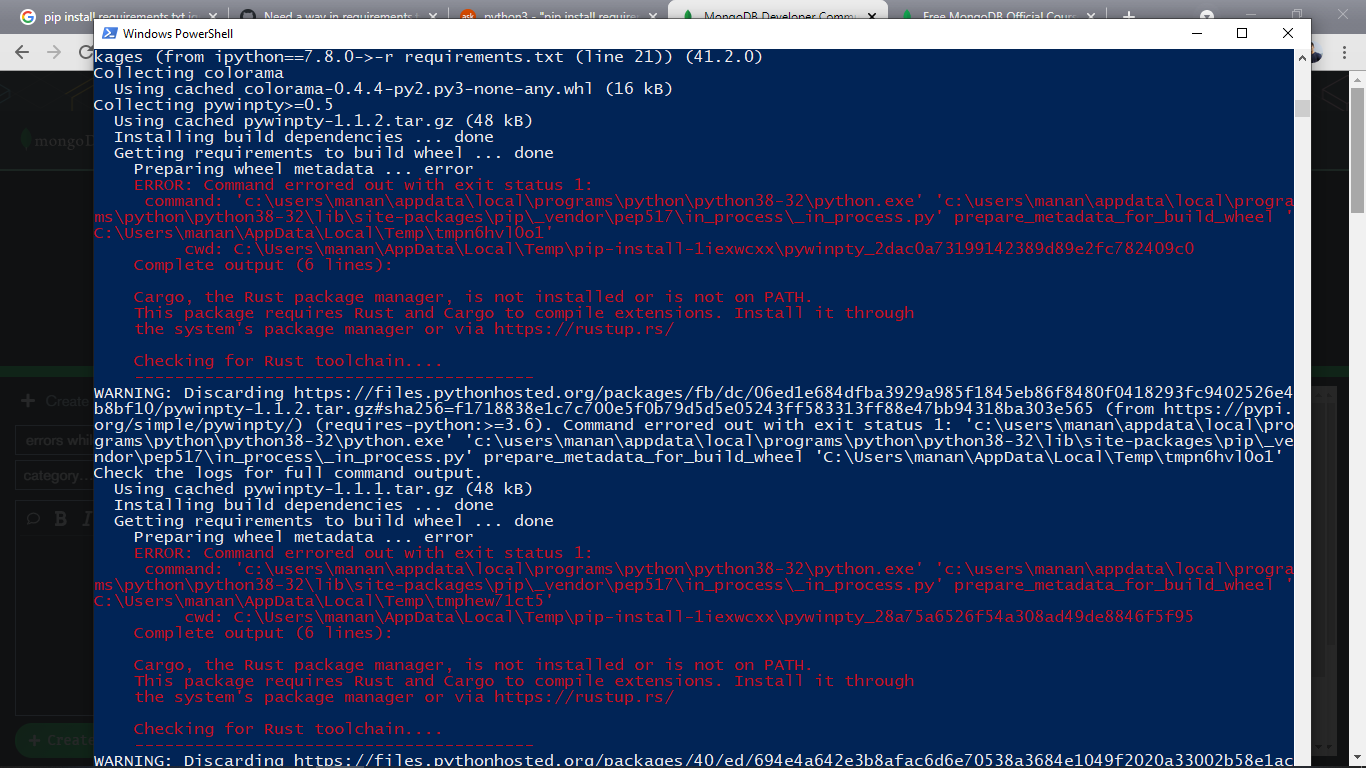


This should create your environment.Īfterwards to activate it, type in conda activate name (Name is again what you put up there) Thats it.

Go to the conda terminal or cmd and type in conda create -name myenv(and change the name of the env to whatever you like).

Afterwards to create a virtual environment do this: I would recommend going with miniconda as it is a lightweight installation but does not have a GUI. If this doesn't work try installing conda. Src/pyodbc.h:56:10: fatal error: sql.Try uninstalling virtualenv or pipenv (whichever you are using) and then reinstalling. In file included from src/buffer.cpp:12:0: srv/conda/envs/notebook/bin/x86_64-conda-linux-gnu-cc -Wno-unused-result -Wsign-compare -DNDEBUG -fwrapv -O2 -Wall -Wstrict-prototypes -march=nocona -mtune=haswell -ftree-vectorize -fPIC -fstack-protector-strong -fno-plt -O2 -pipe -march=nocona -mtune=haswell -ftree-vectorize -fPIC -fstack-protector-strong -fno-plt -O2 -pipe -march=nocona -mtune=haswell -ftree-vectorize -fPIC -fstack-protector-strong -fno-plt -O2 -ffunction-sections -pipe -isystem /srv/conda/envs/notebook/include -DNDEBUG -D_FORTIFY_SOURCE=2 -O2 -isystem /srv/conda/envs/notebook/include -fPIC -DPYODBC_VERSION=4.0.31 -I/srv/conda/envs/notebook/include/python3.7m -c src/buffer.cpp -o build/temp.linux-x86_64-3.7/src/buffer.o -Wno-write-stringsĬc1plus: warning: command line option '-Wstrict-prototypes' is valid for C/ObjC but not for C++


 0 kommentar(er)
0 kommentar(er)
